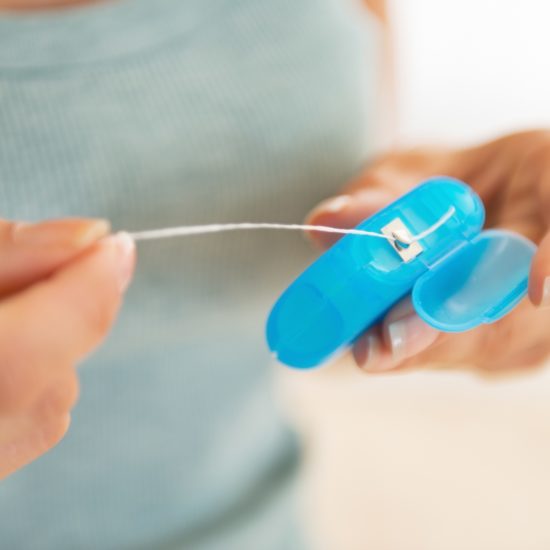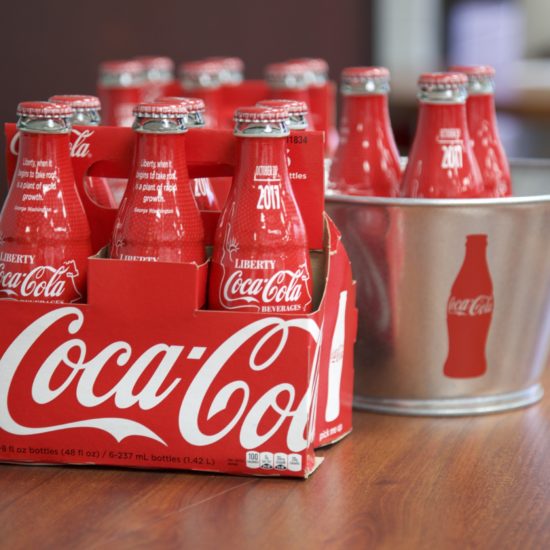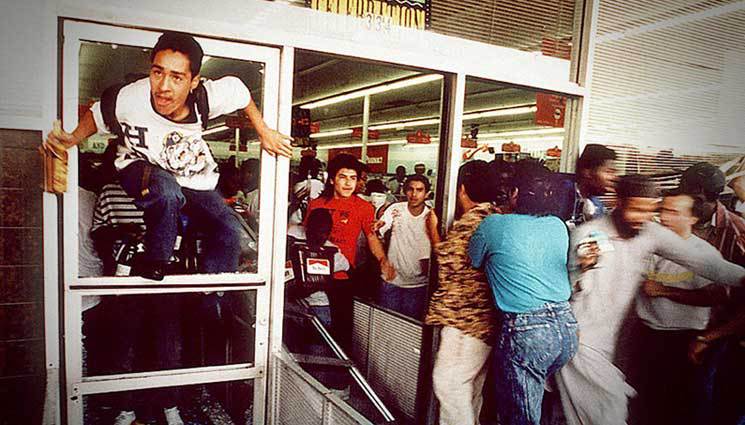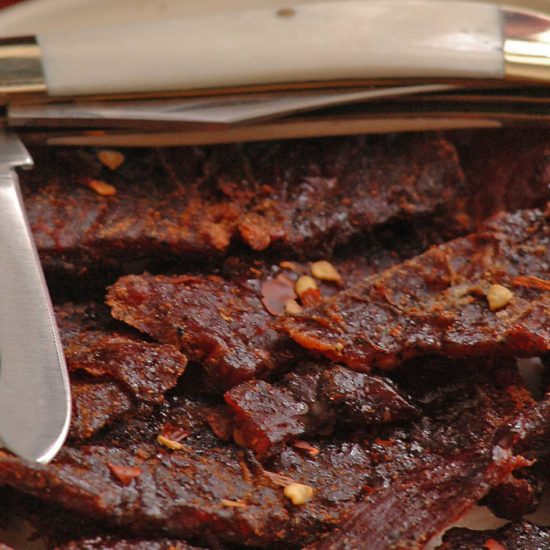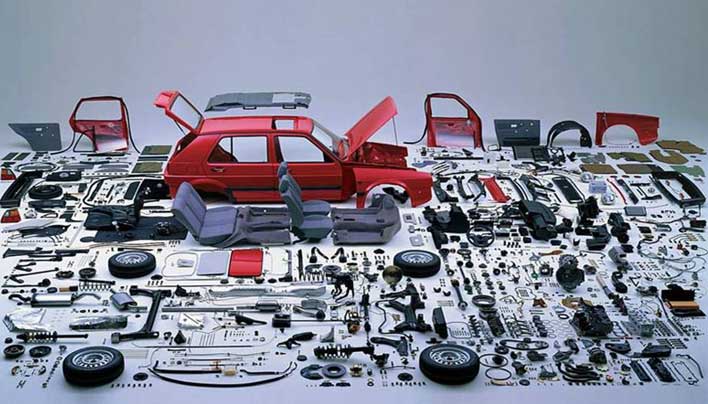
You should be riding around with survival gear in your vehicle. Period.
But just in case you get caught empty-handed, it doesn’t hurt to know about the useful pieces you can scavenge from a vehicle to help you survive. Now I understand that most people usually don’t feel right about destroying their possessions, especially something as significant as a vehicle.
But if you end up in an emergency situation, and you need to tear up your ride for the raw materials as a matter of survival, then it’s time to color outside the lines. After all, your vehicle (and the pieces therein) can be replaced. Your life cannot. Here are some of the most useful parts of a vehicle, which would be valuable commodities in a survival scenario.
Mirrors
The rear view mirror is your easiest target, and it can usually be removed from its bracket by sliding it down the windshield. The side mirrors will take more creativity or destruction to remove, depending on the make and model of your vehicle.
The mirrors can make a fine, clear signal mirror to flash sunlight to distant targets. The mirrors can also be handy for first aid, especially if you are by yourself. Without a second set of eyes on the problem, wounds, ticks and other problems on your backside are awfully hard to treat without a mirror.
Fabric and Insulation
No, your insurance won’t cover your wanton destruction. But it could be worth the dissection and removal of upholstery and foam to create warmth in a cold environment. Anything that would pass for dead air space can be used for insulation. Carpet, mats, and seat covers can all be used for bedding, or makeshift blankets.
Plastic and Rubber
The plastic and rubber on most cars and trucks will burn with a black smoke, which is great for daytime signaling. Floor mats, dashboards and any other plastics can be thrown on a big fire to make the desired dark plume. Tires require more caution. Never roll an entire spare tire onto a fire. The pressure will build and it will explode dangerously. Let the air out of the tire, too, before you start cutting it into pieces to chuck into the bonfire. Caution: Stabbing a pressurized tire has caused blades to blow back on their wielder and do bodily harm.
The Battery
The vehicle battery and a bit of wire can give you sparks to start a fire. Be extremely careful that the wire doesn’t weld itself into a complete circuit, which could cause the battery to melt down or even explode. If you’re part electrician, or part MacGyver, you can wire up the battery to the vehicle horn and/or a headlight. This rig can be used for a heavy, yet still portable, signal device.
Other Useful Car Parts
Many other useful car parts abound. If the vehicle is old enough to still have a cigarette lighter, you can use this as a safer way to make fire than previously explained. Motor oil and other oils will burn with a black smoke to create a smoke signal. Wires can be used for snare lines.
Older cars can have some magnesium parts, like distributor caps, which can be shaved and used for fire starting. Newer cars may have even more magnesium under the hood. Steering column mounts, tranny covers, engine mounts, exterior cowl (Mustangs), dash frames, seat frames, etc. can be scraped or shaved to make dust which will light with a hot spark.
Editors Note: In addition to the articles above, there are tons of other uses for parts of the vehicle from alternators to hook up to wind turbines or exercise bicycles to power batteries, to springs and just spare metal for fabrication. In a total grid down scenario abandoned cars will offer plenty of supplies for the enterprising prepper.

















